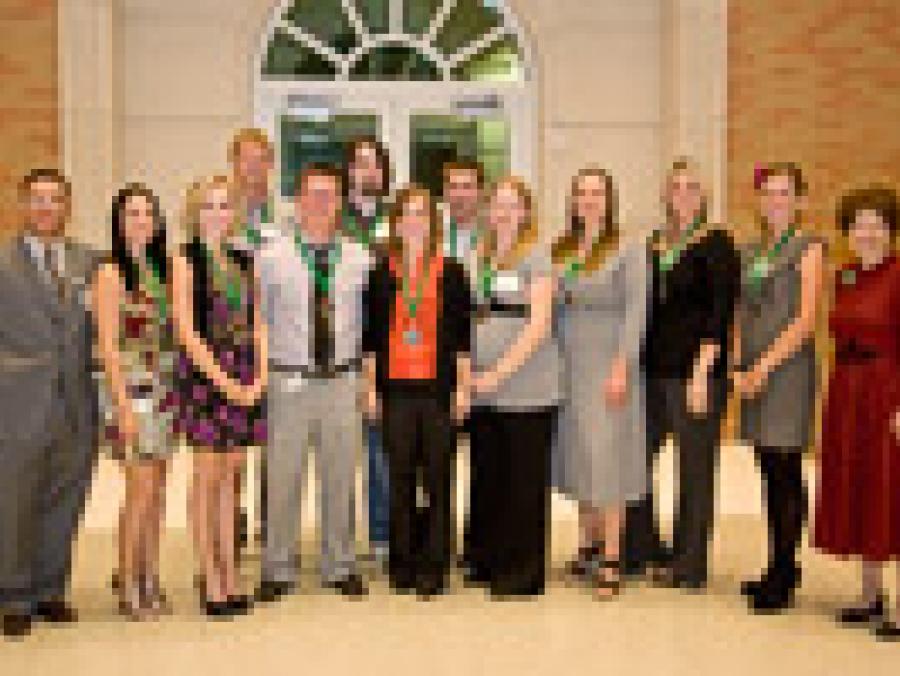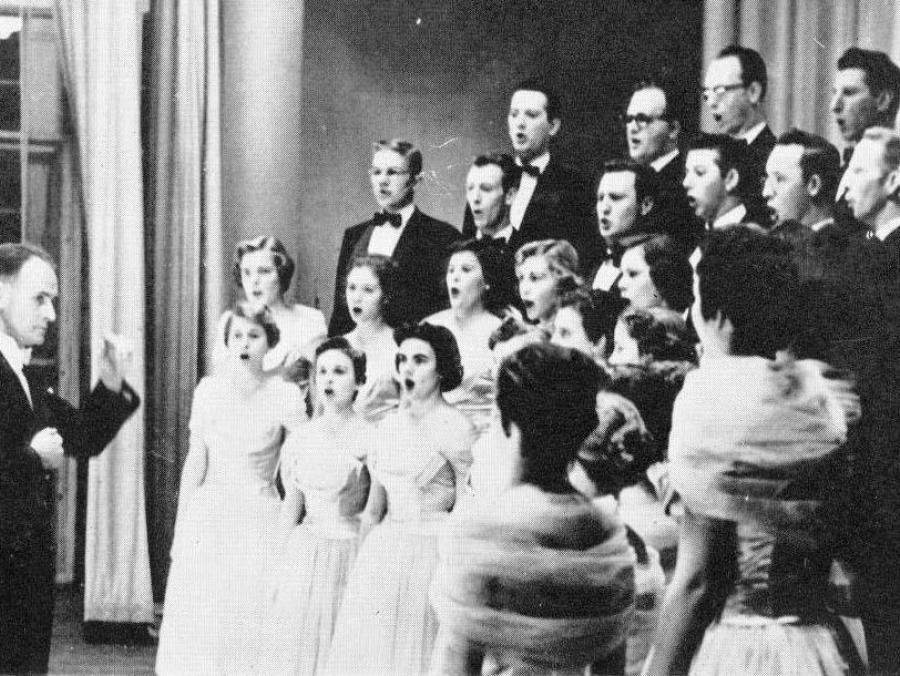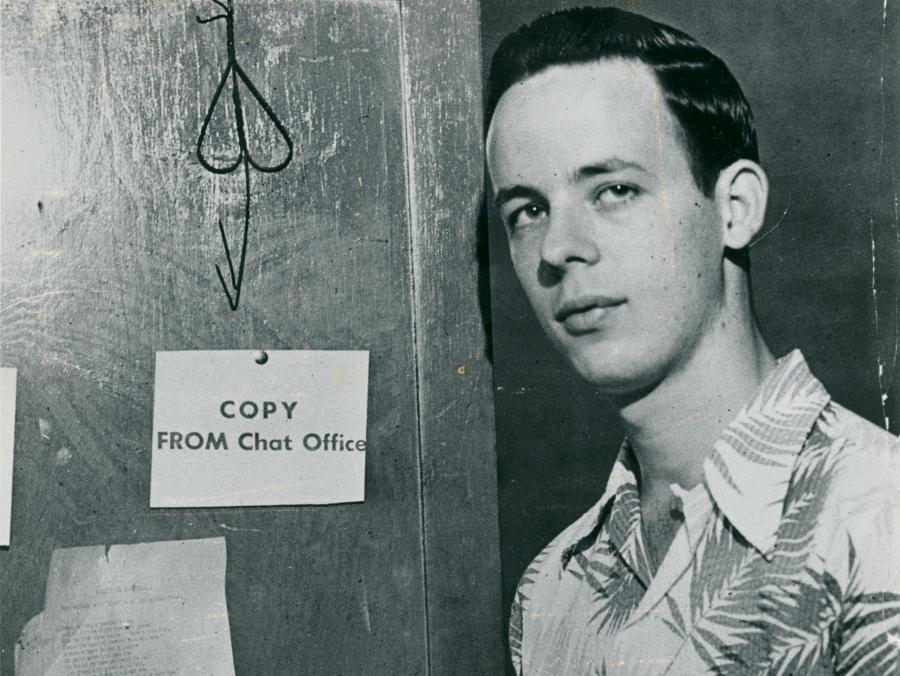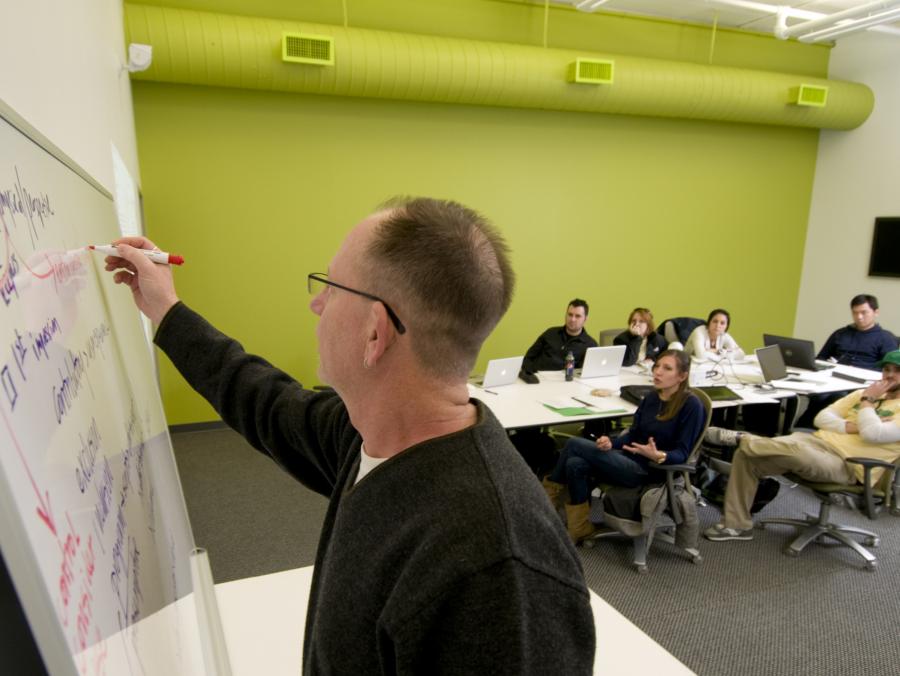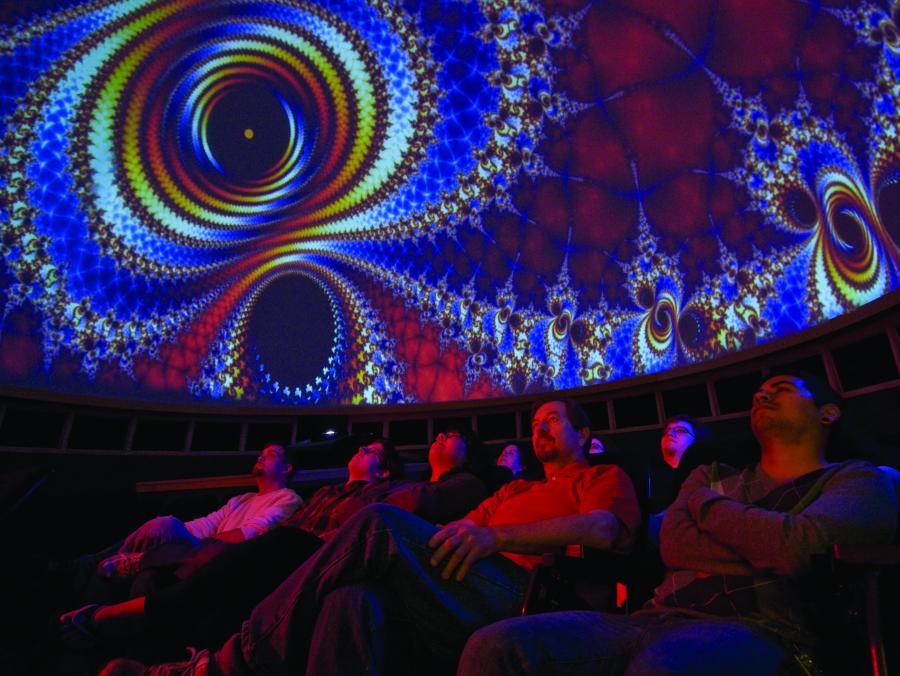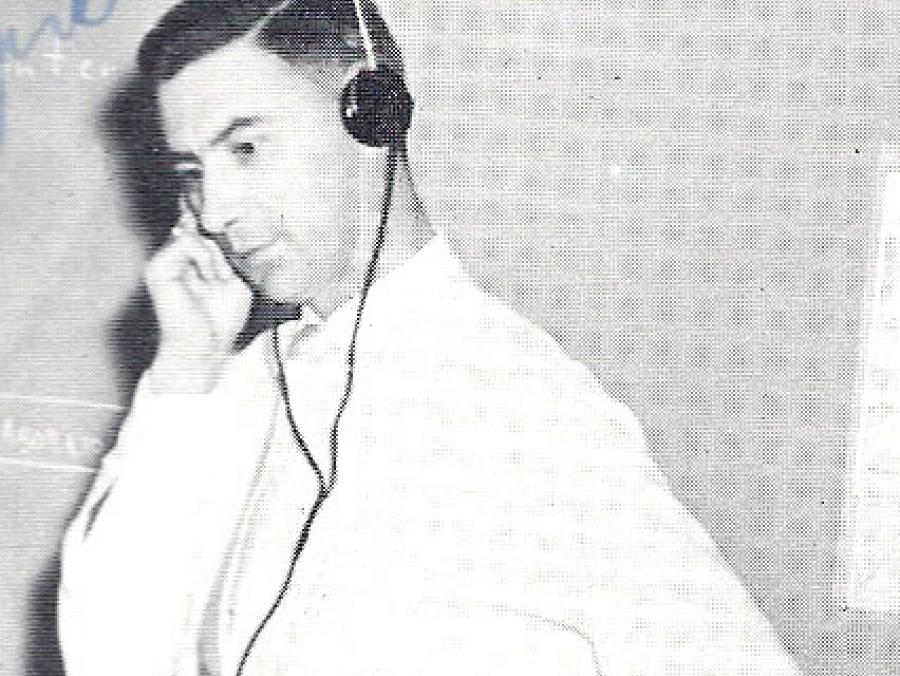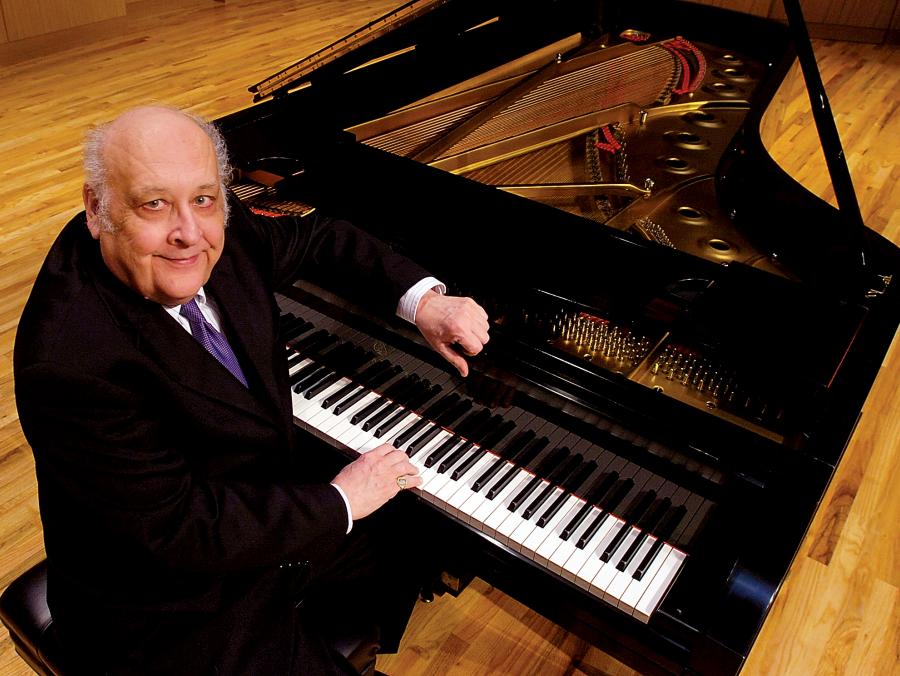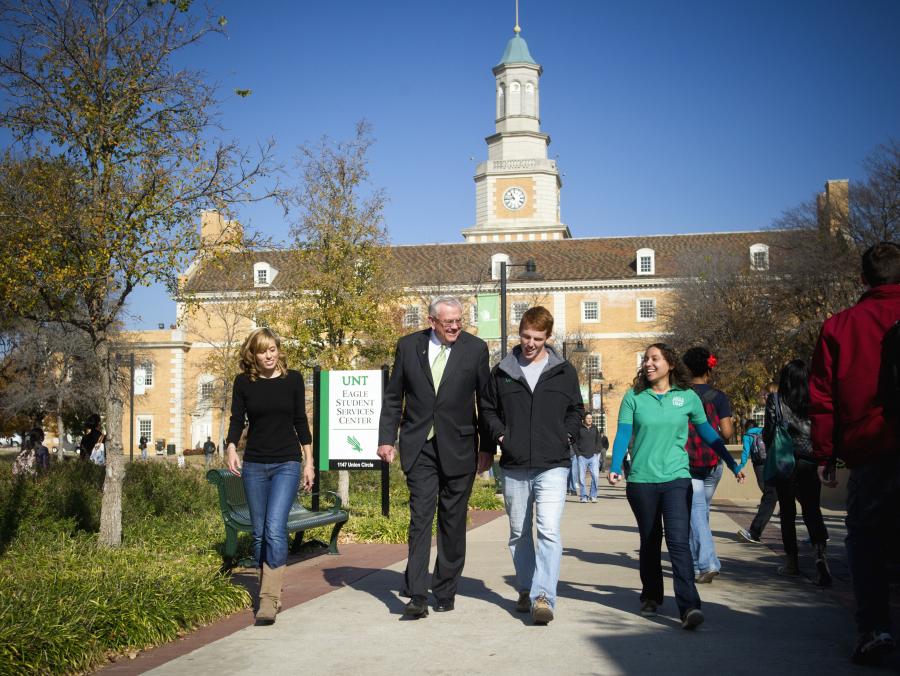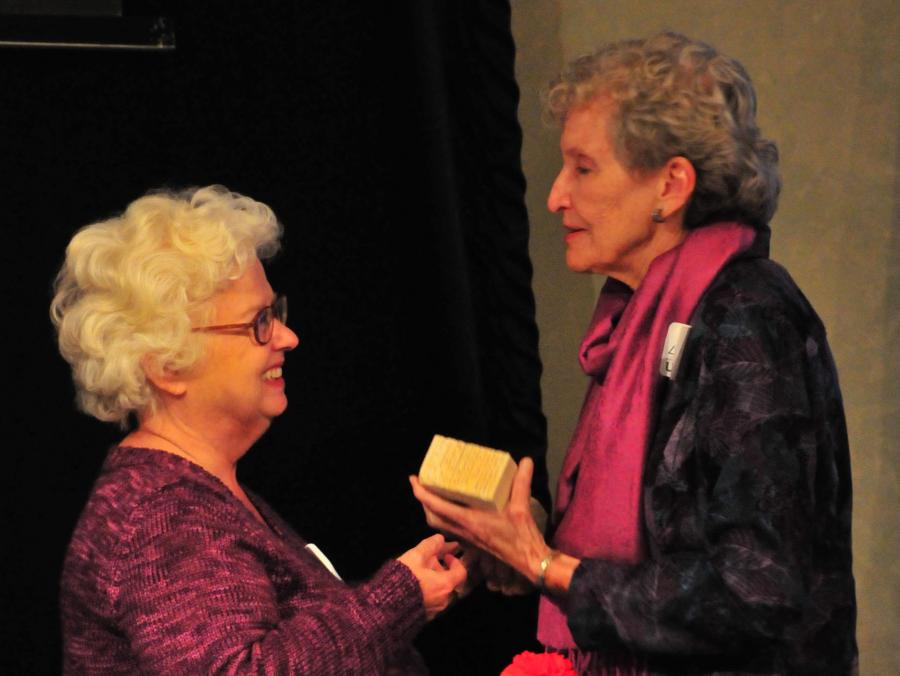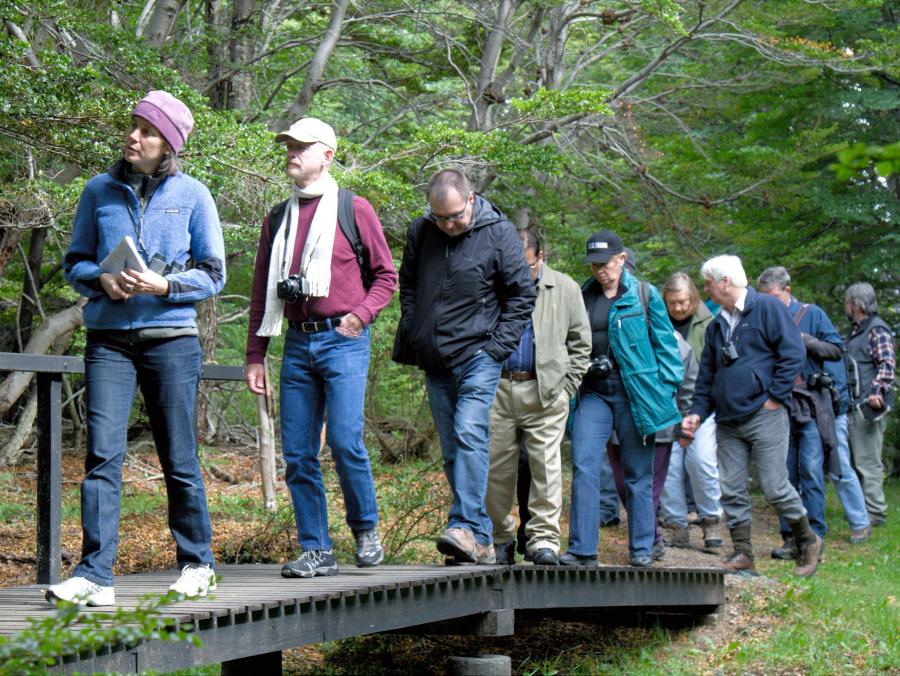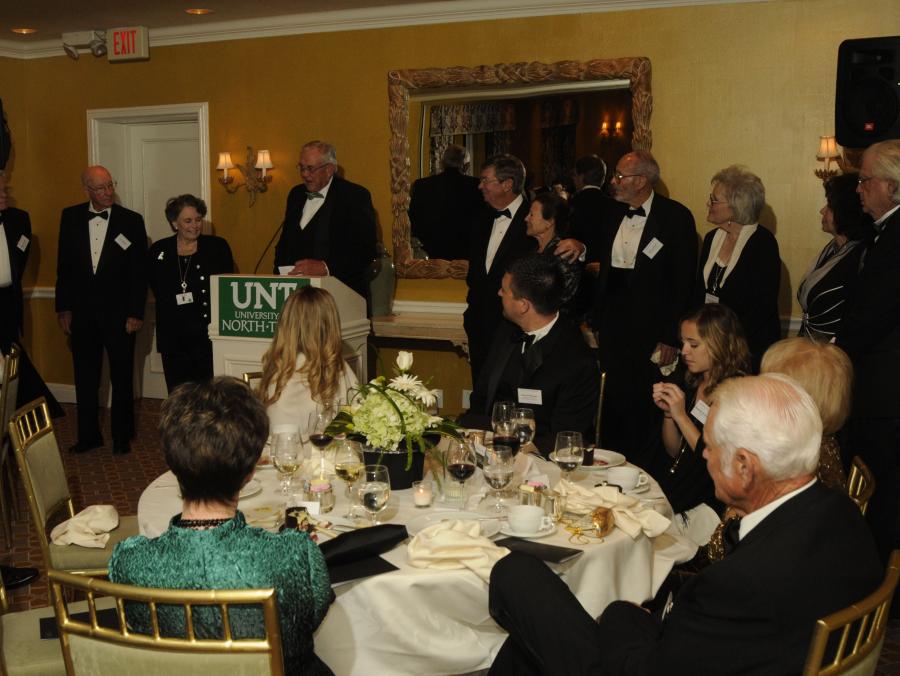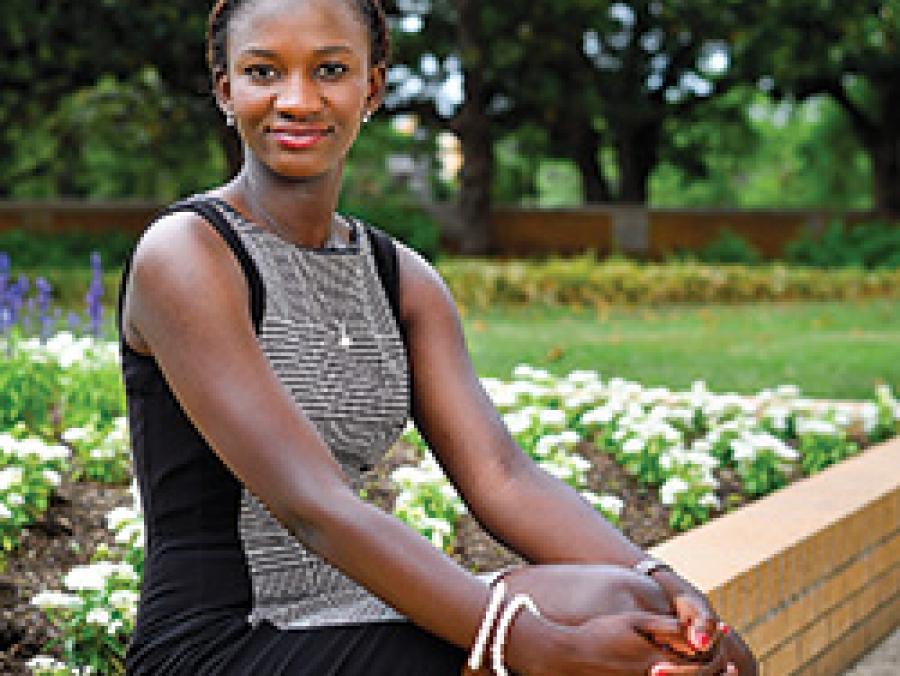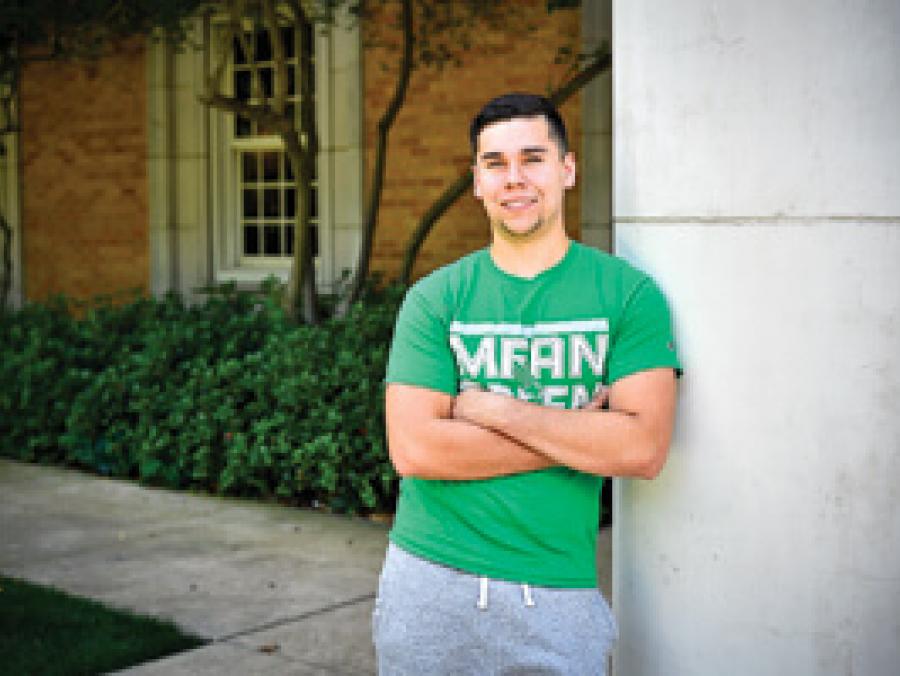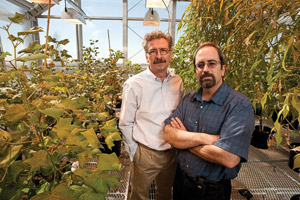 With the help of its collaborative research clusters, UNT is making strides toward becoming a major research university. In 2008, the university launched the first phase of the research cluster initiative with the goals of advancing research, strengthening the state’s economy and developing technology vital to addressing today’s most pressing needs. With two years’ momentum behind them, these clusters have attracted top faculty and students and continued groundbreaking research. UNT expanded its commitment to the initiative in the fall by investing in four new research teams and five areas of strategic development.
With the help of its collaborative research clusters, UNT is making strides toward becoming a major research university. In 2008, the university launched the first phase of the research cluster initiative with the goals of advancing research, strengthening the state’s economy and developing technology vital to addressing today’s most pressing needs. With two years’ momentum behind them, these clusters have attracted top faculty and students and continued groundbreaking research. UNT expanded its commitment to the initiative in the fall by investing in four new research teams and five areas of strategic development.
UNT also is supporting five additional areas deemed strategic for their seminal contributions and potential to expand —
- STEM Research and Education
- Forensic and Investigative Science and Technology
- Advanced Bio-Sensor Technology
- Computational Life Sciences and Complex Bio-Environmental Systems
- Logistics
Premier researchers
The multidisciplinary research environment supported by the cluster initiative already has attracted premier researchers and top students to UNT. Two internationally renowned plant science researchers joined the faculty last spring, bringing decades of experience and a wealth of technical expertise to one of the university’s most prominent areas of research.
Vladimir Shulaev and Ron Mittler are now working with the Signaling Mechanisms in Plants cluster to develop a better understanding of cellular communication in plants. Mittler and Shulaev were among the international team of researchers featured in the February issue of Nature Genetics for unraveling the DNA sequence for strawberries. This development is expected to help plant breeders create crops that yield tastier, hardier varieties of the berry and other crops in its family.
The Renewable Bioproducts cluster made its first senior hire earlier this year. Joining the faculty in January was Stevens Brumbley, senior research fellow and project leader of the Sugarcane Metabolic Engineering Group at the University of Queensland’s Australian Institute of Bioengineering. Brumbley’s research focuses on engineering plants, specifically sugarcane, to produce a range of industrial bioplastics and bioplastic precursors, which will provide alternatives to petrochemical-based plastics.
Advancements
 The shared expertise and resources of the cluster model have allowed established UNT researchers to advance their unique research interests. Pudur Jagadeeswaran, professor of biology and a key member of the Developmental Physiology and Genetics cluster, has made important strides in the area of prostate cancer detection. He presented research to the American Association for Cancer Research that suggested zebrafish may one day replace mice as the preferred model to study prostate cancer.
The shared expertise and resources of the cluster model have allowed established UNT researchers to advance their unique research interests. Pudur Jagadeeswaran, professor of biology and a key member of the Developmental Physiology and Genetics cluster, has made important strides in the area of prostate cancer detection. He presented research to the American Association for Cancer Research that suggested zebrafish may one day replace mice as the preferred model to study prostate cancer.
Researchers participating in iARTA also have made considerable progress. The group’s advisory board members participated in the ART-TEC speaker series that included conversations among leading interdisciplinary artists, curators and scholars. David Stout, a noted interactive video-audio performer and iARTA’s first senior hire, earned recognition at the VIDA 13.0 International Arts and Artificial Life Competition in Spain. And the cluster has formed Moebius, a journal exploring the theory and practice of new media, along with an editorial board. David Schwartz, associate professor of music theory, will serve as editor-in-chief and work with 17 international board members, including five UNT faculty members.





